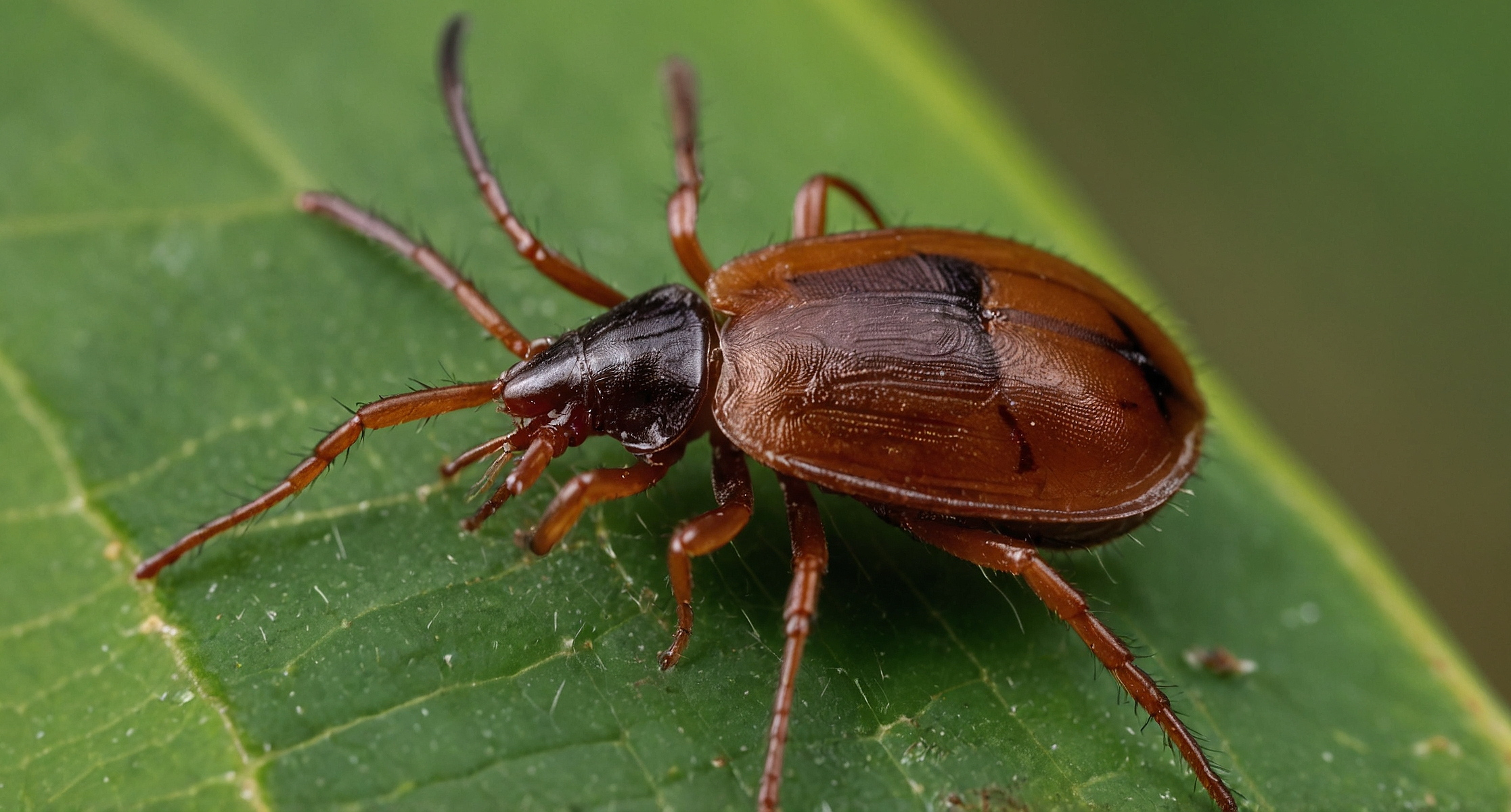
Dangers of Ticks: How to Protect Yourself and Your Pets
WNC -- June 2024: As the weather warms up and people and pets spend more time outdoors, the risk of encountering ticks increases significantly.
From late spring to early fall, roughly April through late September, these tiny arachnids are most active and more likely to bite. Understanding the dangers posed by ticks and knowing how to prevent bites can help protect you, your family, and your pets from serious health issues.
Dangers of Ticks
Ticks are known carriers of various diseases that can affect both humans and animals. The most well-known tick-borne illness is Lyme disease, caused by the bacterium Borrelia burgdorferi. Lyme disease can lead to severe health problems if left untreated, including joint pain, neurological issues, and heart problems. Other diseases transmitted by ticks include:
Anaplasmosis: A bacterial infection causing fever, headaches, and muscle pain.
Rocky Mountain Spotted Fever: A serious illness that can be fatal if not treated promptly, characterized by fever, rash, and headache.
Ehrlichiosis: Another bacterial infection that can cause fever, chills, and muscle aches.
Babesiosis: A parasitic infection that attacks red blood cells, leading to symptoms like fever, chills, and anemia.
Prevention Tips
Preventing tick bites is the best way to avoid tick-borne diseases. Here are some effective strategies to reduce your risk:
Wear Protective Clothing: When hiking or spending time in wooded or grassy areas, wear long sleeves, long pants, and tuck your pants into your socks to minimize skin exposure.
Use Tick Repellents: Apply insect repellents containing DEET, picaridin, or permethrin to your skin and clothing. Follow the instructions on the product label for safe and effective use.
Stay on Trails: When hiking, stick to the center of trails and avoid walking through tall grass or brush where ticks are more likely to be.
Perform Tick Checks: After spending time outdoors, thoroughly check your body for ticks. Pay special attention to hidden areas such as underarms, groin, and scalp. Promptly remove any ticks you find.
Shower After Outdoor Activities: Showering within two hours of being outdoors can help wash off unattached ticks and make it easier to find ticks that may be crawling on your body.
Keep Your Yard Tidy: Reduce tick habitats around your home by keeping your lawn mowed, removing leaf litter, and creating a barrier of wood chips or gravel between your lawn and wooded areas.
Protecting Your Pets
Pets, particularly dogs, are also at risk of tick bites and the diseases they carry. Here are some tips to keep your furry friends safe:
Use Tick Preventatives: There are various tick prevention products available for pets, including collars, topical treatments, and oral medications. Consult your veterinarian to choose the best option for your pet.
Check Your Pets Regularly: After your pet has been outdoors, inspect them for ticks. Pay attention to areas around the ears, neck, and between toes.
Keep Your Yard Pet-Friendly: Just as with human prevention, maintaining your yard can help reduce the number of ticks your pets are exposed to.
Limit Roaming: Keep pets on a leash or in a fenced area to prevent them from wandering into tick-infested areas.
Ticks are more than just a nuisance; they pose significant health risks to humans and pets alike. By taking preventive measures and being vigilant during the peak tick season from April through late September, you can reduce the risk of tick bites and protect your health and the health of your pets. Stay safe, and enjoy the outdoors with peace of mind.
WNCTimes


 How to resolve AdBlock issue?
How to resolve AdBlock issue? 